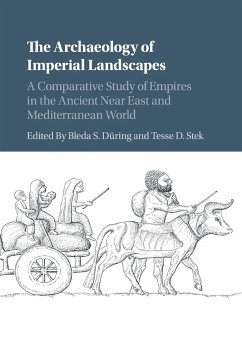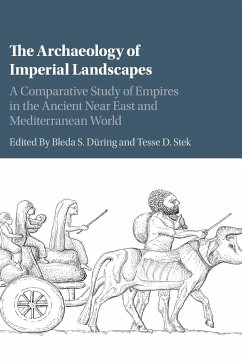
The Positioning of the Roman Imperial Legions
Versandkostenfrei!
Versandfertig in 1-2 Wochen
56,99 €
inkl. MwSt.

PAYBACK Punkte
28 °P sammeln!
The positioning of the legions of the Imperial Roman army provides a window into both the thinking and the course of events during the period from 30 B.C. to 300 A.D. When one can identify the locations and date the redeployments of the legions, it is possible to recreate the planning that caused the army to be so placed. Redeployments, of necessity, shows a major shift of events or a significant refocussing of the strategic thinking of the then ruling emperor at that particular moment. This book starts from the assumption that a legion’s headquarters remained at a base until that legion was...
The positioning of the legions of the Imperial Roman army provides a window into both the thinking and the course of events during the period from 30 B.C. to 300 A.D. When one can identify the locations and date the redeployments of the legions, it is possible to recreate the planning that caused the army to be so placed. Redeployments, of necessity, shows a major shift of events or a significant refocussing of the strategic thinking of the then ruling emperor at that particular moment. This book starts from the assumption that a legion’s headquarters remained at a base until that legion was permanently posted to another base. A legion might temporarily serve in another province, even for more than a year, perhaps with its eagle present, but know that it would return to its permanent base. At any moment in time, a legion might have detachments serving in a variety of locations. Some of these detachments, or vexillations, might be separated from the parent legion for long periods of time at great distances from its permanent headquarters. A great number of scholars have addressed the subject of legion locations, usually one legion or one province at a time. This book attempts to formulate a seamless web of legion locations, deducing from the evidence where the legions must have been during the period. It is a synthesis of what has been written before, and is written with the expectation that in the future new archeological evidence will further refine the information it contains.














